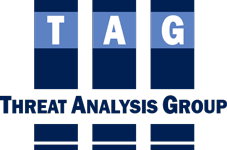Consensus Statement of the American Association for Emergency Psychiatry Project BETA De-escalation Workgroup
ABSTRACT: Agitation is an acute behavioral emergency requiring immediate intervention. Traditional methods of treating agitated patients, ie, routine restraints and involuntary medication, have been replaced with a much greater emphasis on a noncoercive approach. Experienced practitioners have found that if such interventions are undertaken with genuine commitment, successful outcomes can occur far more often than previously thought possible. In the new paradigm, a 3-step approach is used. First, the patient is verbally engaged; then a collaborative relationship is established; and, finally, the patient is verbally de-escalated out of the agitated state. Verbal de-escalation is usually the key to engaging the patient and helping him become an active partner in his evaluation and treatment; although, we also recognize that in some cases nonverbal approaches, such as voluntary medication and environment planning, are also important. When working with an agitated patient, there are 4 main objectives: (1) ensure the safety of the patient, staff, and others in the area; (2) help the patient manage his emotions and distress and maintain or regain control of his behavior; (3) avoid the use of restraint when at all possible; and (4) avoid coercive interventions that escalate agitation. The authors detail the proper foundations for appropriate training for de-escalation and provide intervention guidelines, using the “10 domains of de-escalation.”

